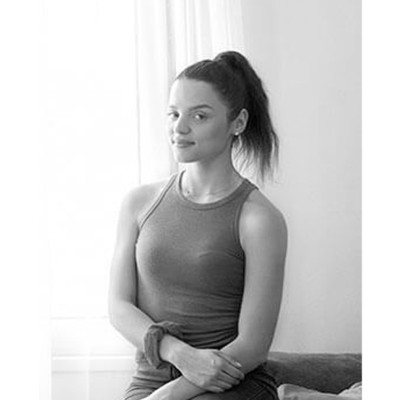5 key facts about this project
At its essence, the project underscores the importance of responsive architecture, where each design decision is made with careful consideration of its impact on users and the environment. The building's layout facilitates seamless movement between spaces, promoting a harmonious flow that encourages occupants to engage with both the interior and exterior. This consideration of circulation is paramount in modern architecture, as it enhances user experience by creating intuitively navigable areas.
The use of materials in this project is particularly noteworthy. A blend of concrete, glass, wood, and steel has been employed to create a structure that is both durable and visually appealing. Concrete lends a sense of solidity, while glass brings in natural light, making the interiors feel open and welcoming. Wood accents soften the overall aesthetic, providing warmth and adding a touch of nature, which echoes the surrounding landscape. Steel elements contribute to the structural integrity while allowing for innovative design choices, such as cantilevered sections that create dynamic forms. This combination of materials is not only practical but also contributes to the overall narrative of the building, establishing a dialog with its environment.
Unique design approaches have been employed throughout the structure, particularly in the form and function of the roof. The roof design, with its subtle slopes and green components, not only adds to the aesthetic of the building but also promotes sustainability through rainwater harvesting and insulation benefits. This design decision highlights a commitment to environmentally friendly practices, which is increasingly relevant in contemporary architecture. Additionally, large overhangs are strategically placed to provide shade and protection from the elements, further enhancing comfort for users.
The interior spaces have been orchestrated to meet diverse needs, accommodating everything from communal gatherings to individual reflection. Open floor plans are integrated with versatile furnishings to allow for easy reconfiguration, demonstrating a flexible approach to space usage. Designed with natural light as a central element, the interiors radiate a sense of tranquility, promoting well-being among occupants. Key areas such as the entrance create a welcoming atmosphere with an expansive foyer that connects the indoors with outdoor landscapes.
The project's relationship with its site cannot be overstated. Careful consideration has been given to the existing topography and vegetation. By following the natural contours of the land, the building minimizes disruption and enhances its integration into the surrounding ecosystem. This thoughtful placement not only preserves the area's existing features but also invites the landscape into the architectural experience, creating an immersive environment that fosters a deep connection between users and nature.
This project exemplifies contemporary architectural ideas by blending form, function, and environmental sensibility. It operates on multiple levels—serving the community as a functional space, while also standing as an example of mindful architecture in the context of its geographical setting. By engaging with such design principles, this project not only fulfills its intended purpose but also invites conversations about sustainability, community, and the role of architecture in enhancing everyday life.
For those interested in delving deeper into the specifics of this architectural design, including the finer details of architectural plans, architectural sections, and innovative architectural ideas represented in this project, exploring the full presentation will provide greater insight into its overall narrative and impact on contemporary architectural discourse.


 Fotios Gazepidis,
Fotios Gazepidis,  Anna Chatziioannou
Anna Chatziioannou 























